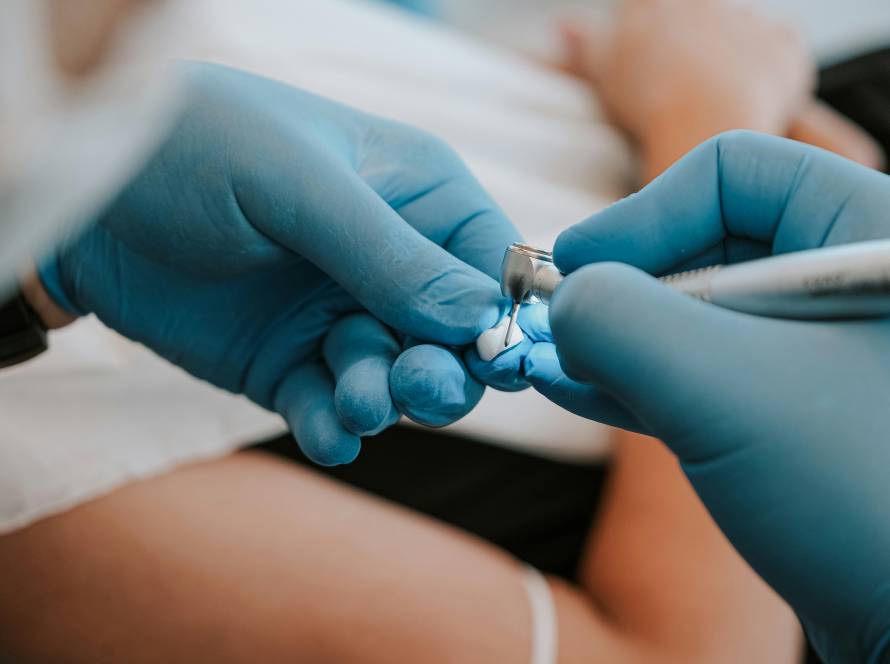The Link Between Orthognathic Surgery and Passport Control
Orthognathic surgery includes surgical procedures that change the position of the jaw and facial bones. Patients who undergo jaw surgery have significant changes in their facial features, which can sometimes lead to identification problems in passport control. Biometric systems may not be able to accurately match a person's identity due to the significant change in facial features.
Findings Based on Scientific Studies
In a study published in the British Journal of Oral and Maxillofacial Surgery, 82 patients who underwent orthognathic surgery between 2013-2017 were examined and it was determined that 35 of them travelled by plane after surgery. Six of these patients had problems with passport control. In particular, patients who underwent double jaw surgery (bimaxillary surgery) had difficulty being recognised by automated passport control systems (Keshtgar et al., 2019).
The study showed that a large proportion of patients had difficulty in making biometric matches with old passport photos and were subjected to additional security checks. The study suggests that individuals travelling after orthognathic surgery should update their passports.
Surgeries that cause problems at passport control
As facial contours change after orthognathic surgery, the following aesthetic operations may similarly cause additional security checks at passport control:
- Orthognathic surgery (including double jaw surgery)
- Nose aesthetics (rhinoplasty)
- Facelift, brow lift or eyelid aesthetics
- Chin and cheek implants
- High volume filler or fat injections
After orthognathic surgery and other facial plastic surgery, security checks may be stricter when the difference between your passport photo and your current facial features becomes apparent.
Precautions for Passport Control after Orthognathic Surgery
Patients undergoing orthognathic surgery can take the following precautions, especially if they will be travelling internationally after surgery:
- Perform Face Recognition Test with Mobile Phone: If your phone's facial recognition feature has difficulty identifying you after surgery, a similar problem may occur at passport controls.
- Consider Getting a New Passport: If there has been a significant change in facial contours after orthognathic surgery, it is safest to issue a new passport.
- Have a Doctor's Report: You can get an official report from your doctor to prove that you have had surgery. This document can be presented to security officers during passport control.
- Carry Current Photo: Having a few recent photographs of yourself after surgery can speed up the identity verification process if necessary.
Travel Safety After Orthognathic Surgery
Orthognathic surgery is a procedure that provides major changes both aesthetically and functionally. However, it is important to remember that these changes may cause additional security checks at passport control. You can take the above-mentioned precautions to ensure that your new facial features are correctly detected by biometric systems after surgery.
As stated in the scientific study published in the British Journal of Oral and Maxillofacial Surgery, it should be taken into consideration that patients after orthognathic surgery may encounter some difficulties when travelling with their biometric passports (Keshtgar et al., 2019).
To get information about the relevant subject: @ orthognatikclinic
What do you think about the experiences of patients travelling after orthognathic surgery? With us Communication you can pass




